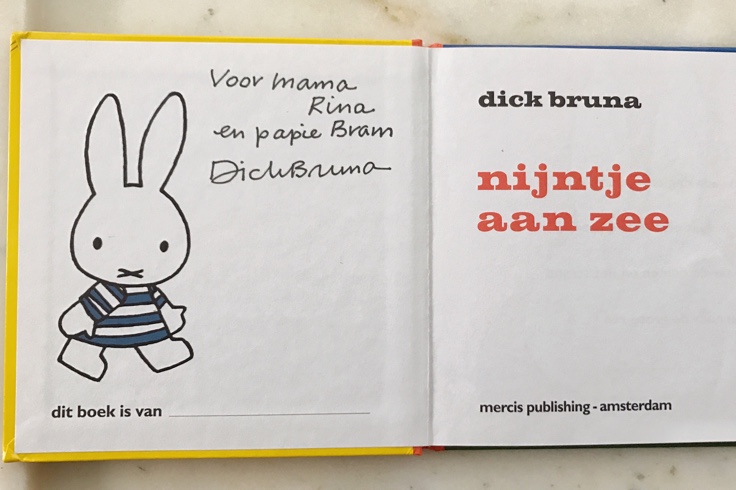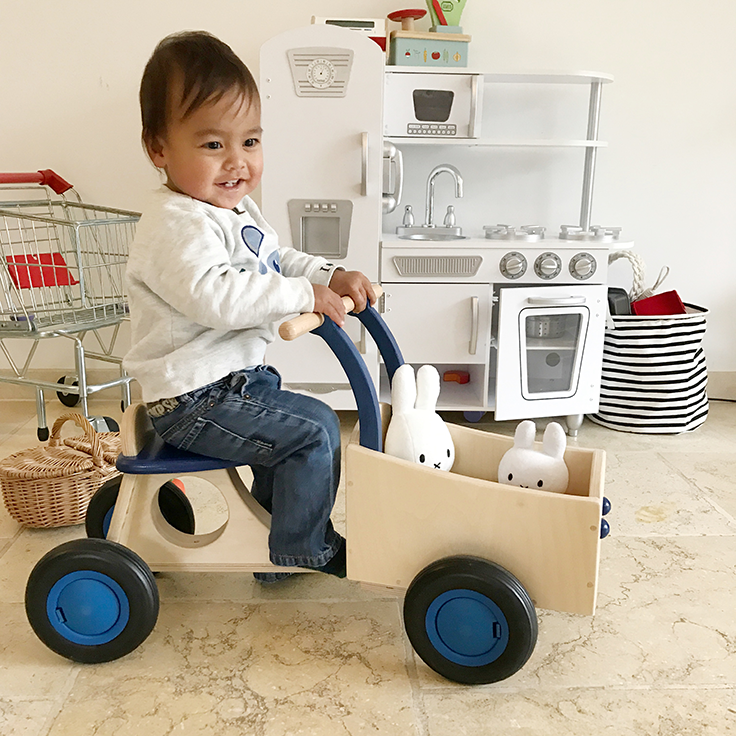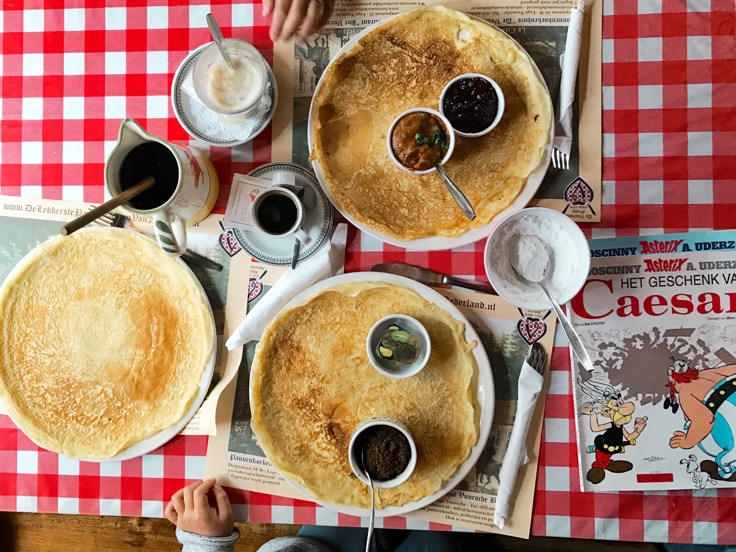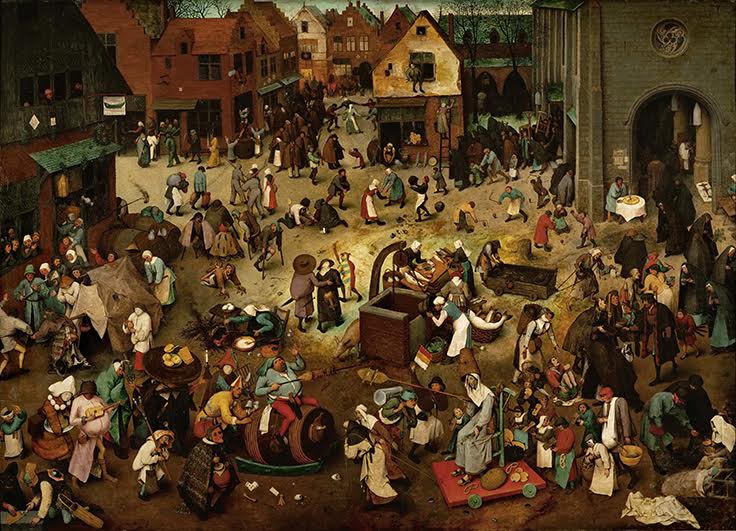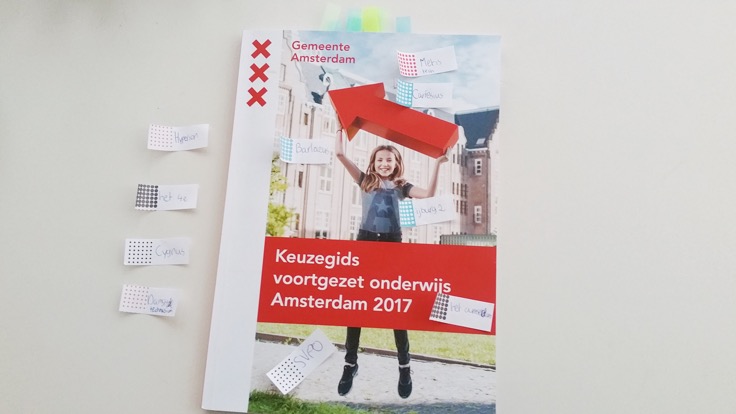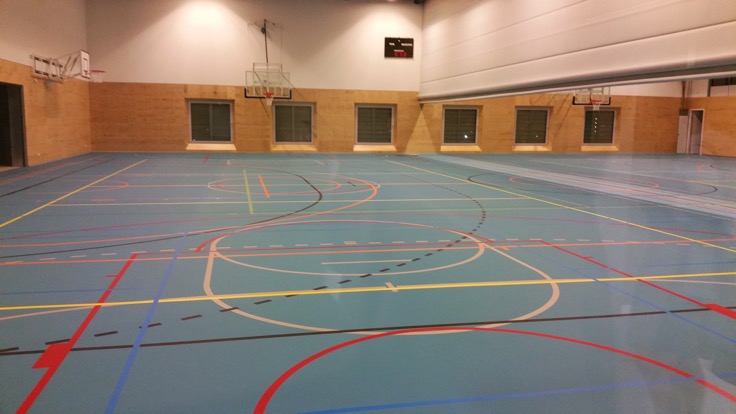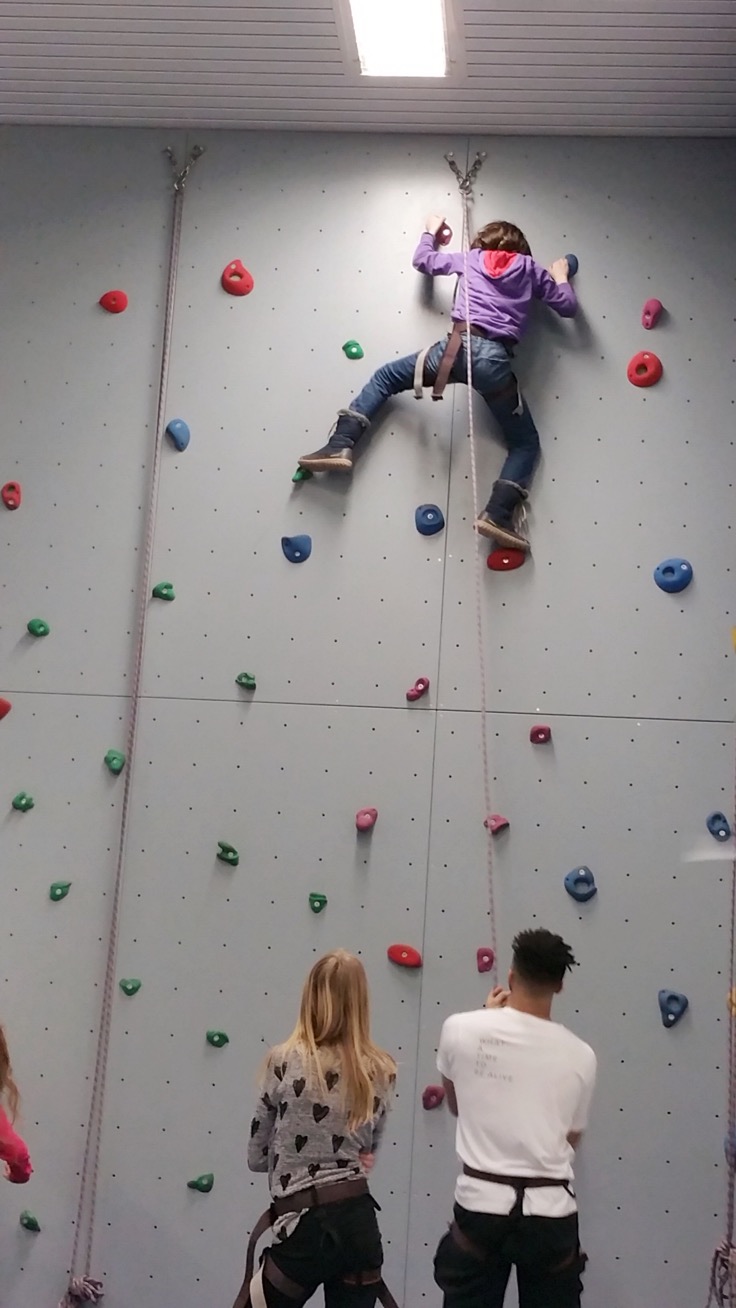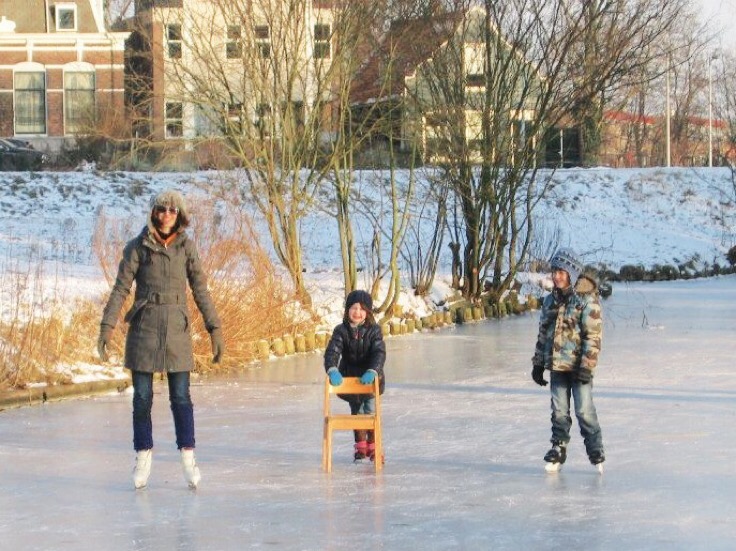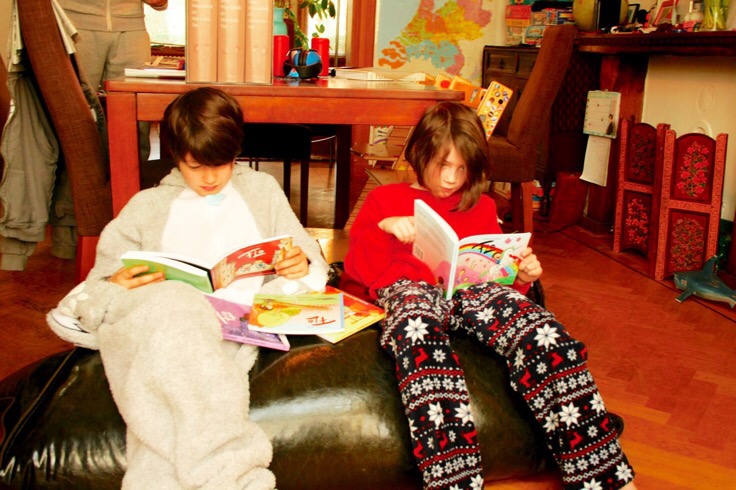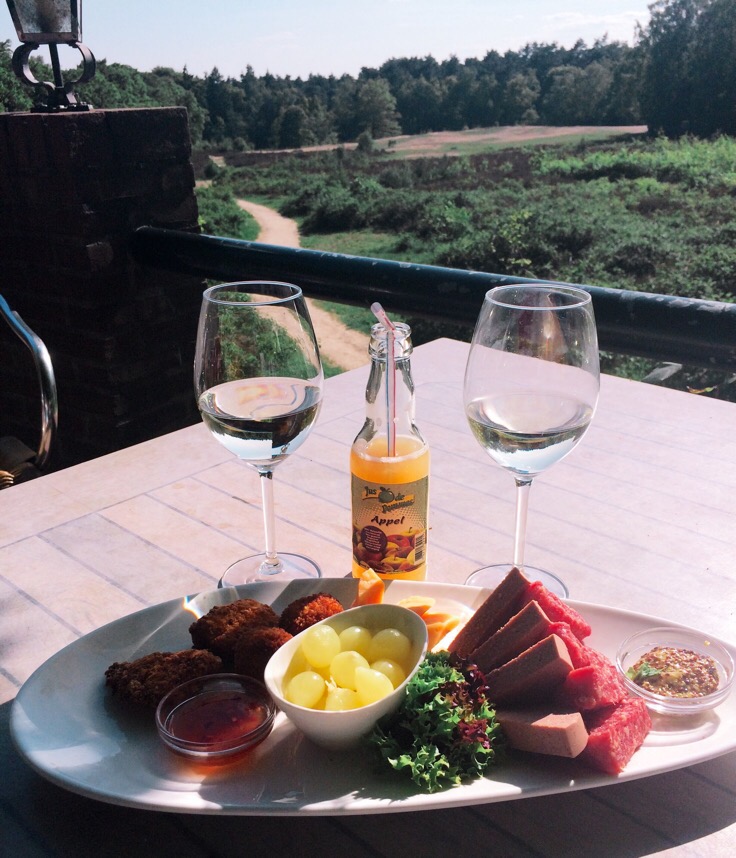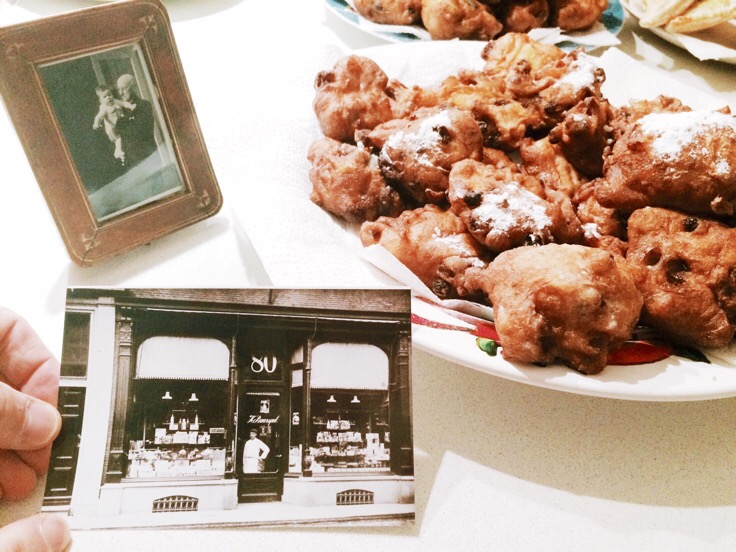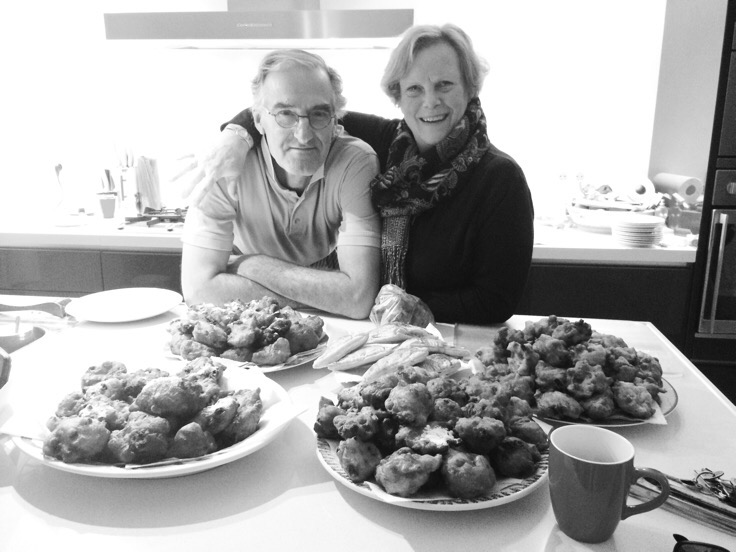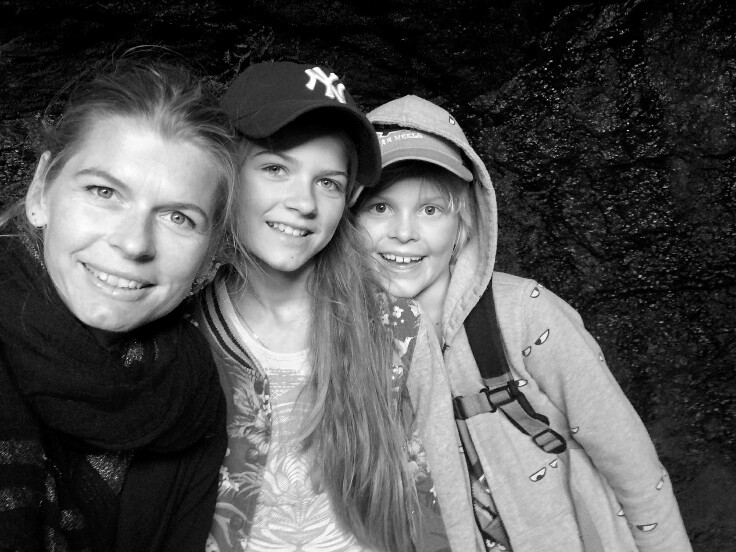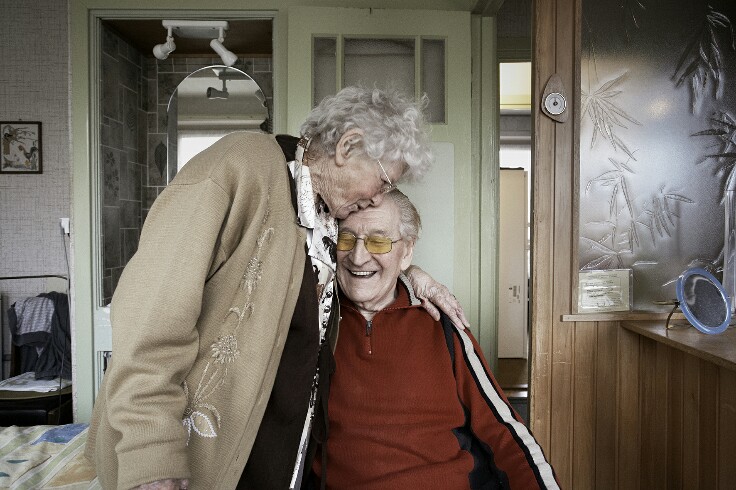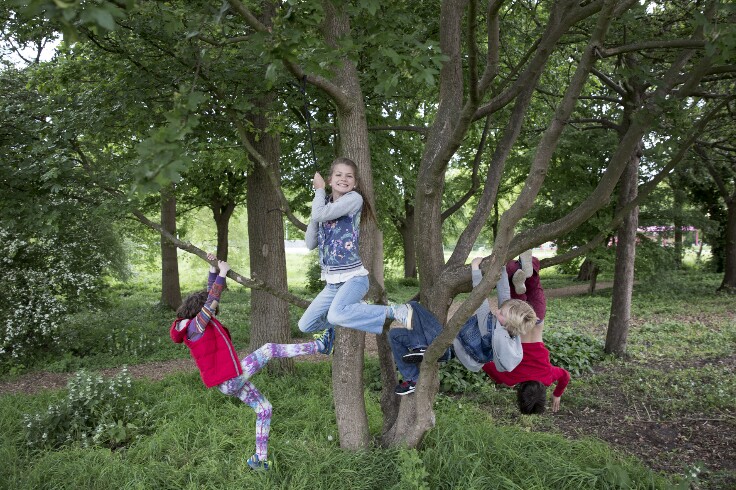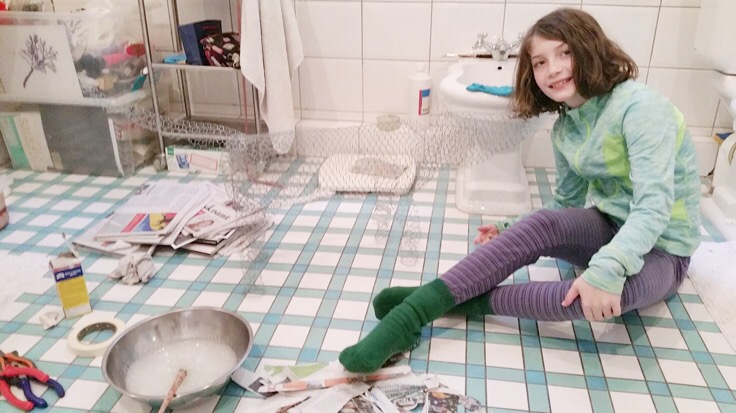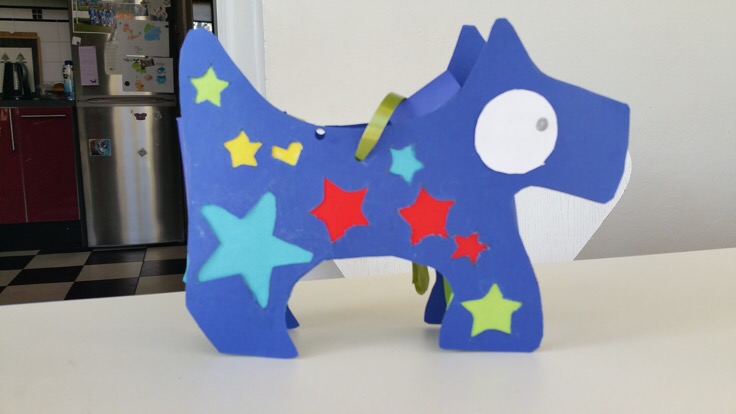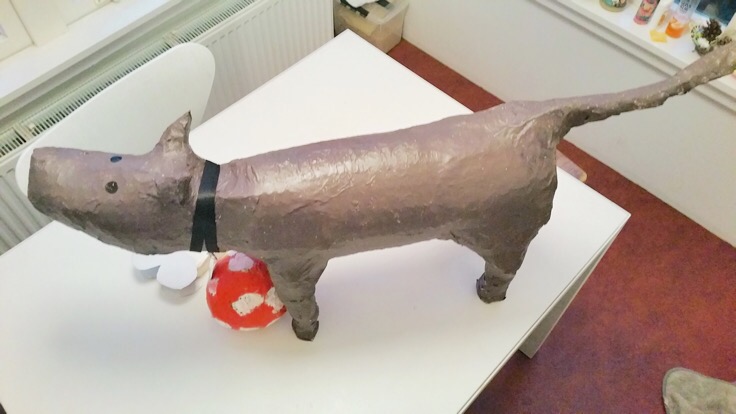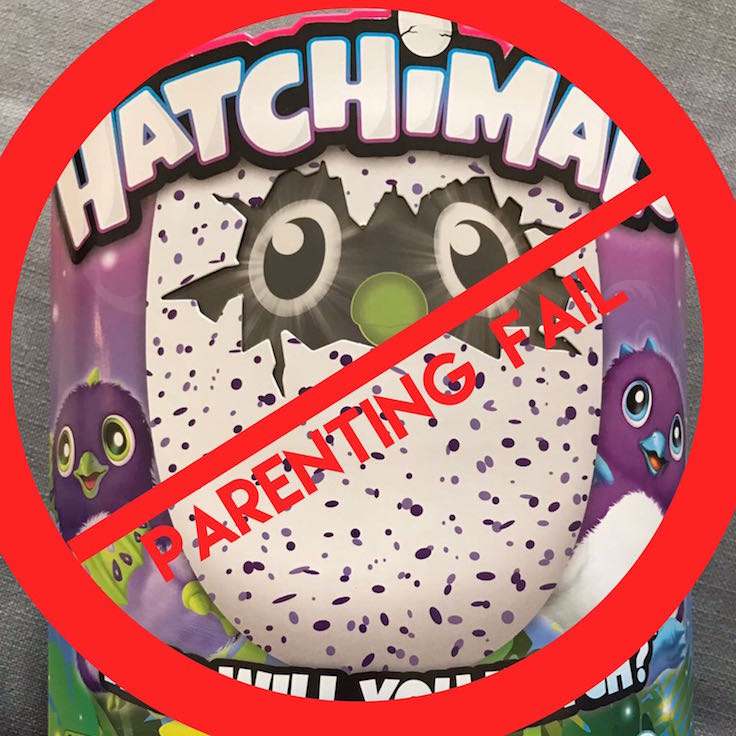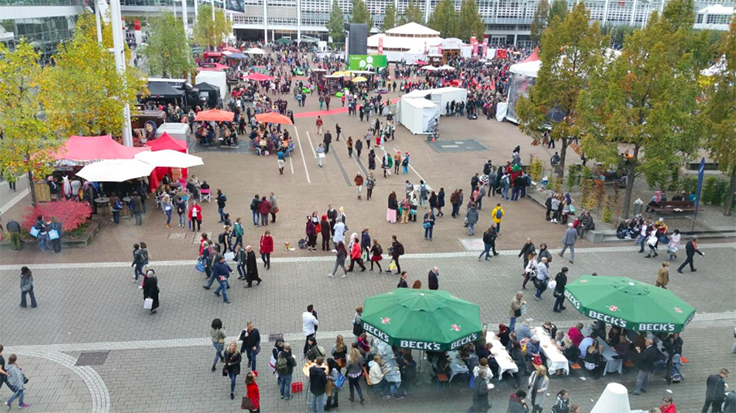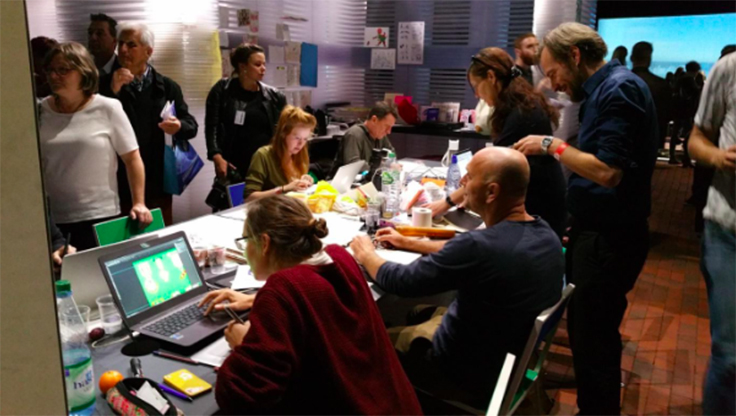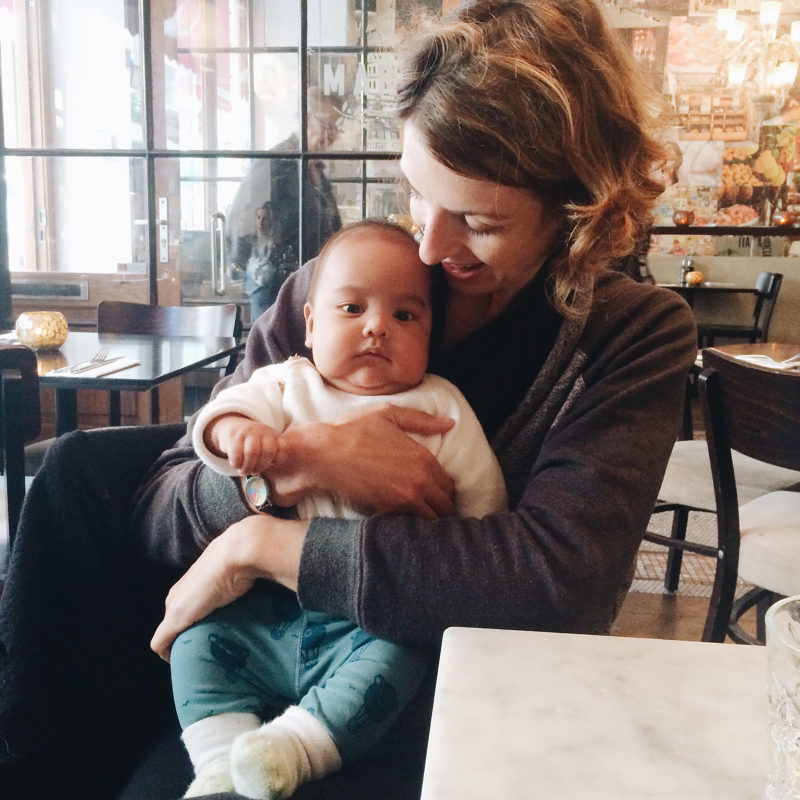While I was pregnant with my first son Bram Junior, I began collecting children’s books that I thought were quintessential for his childhood: Goodnight Moon, The Very Hungry Caterpillar, The Little Prince and Where the Sidewalk Ends. Like many parents, I’m a firm believer that no one can ever have enough books, especially from Dr. Seuss, Julia Donaldson, Eric Carle, Shel Silverstein and Roald Dahl. These were the authors that shaped my American childhood, and I wanted my son also to be enriched by the worlds they created.
But the one book that has the most sentimental value for me as a parent is the one gifted to me right before Bram was born. It’s called Nijntje aan zee (Miffy at the Seaside). And it was personally signed by the Dutch illustrator and author himself – Dick Bruna.
What is most striking about Nijntje aan zee – like most of Bruna’s illustrations and stories – is its relatable simplicity. With minimalist black lines and primary colors, the story revolves around Nijntje’s day at the seaside with her father; how she got dressed in a bathing suit, how they built sandcastles on the beach with her bucket and shovel, how they went swimming and collected shells on the shore, the feelings of disappointment of having to leave, and of falling asleep on the way back home. It’s a universal, recognizable experience shared by all children. What may seem like nothing out of the ordinary and mundane to us adults is a world that captures the imagination of young children and leaves lasting impressions. And that’s where Bruna’s genius lies – creating stories and illustrations that convey a deep empathy and appreciation of a child’s perspective.
Upon hearing the news that Utrecht’s beloved son Dick Bruna died in his sleep on February 16th, 2017, like millions of other Nederlanders, I couldn’t help but feel it as a personal loss. Born into a prominent family of publishers, Bruna spent most of his life in the same quaint, charming Dutch city that I first called home. Being a resident of Utrecht – or the Netherlands for that matter – Bruna’s influence is everywhere, from street signs near elementary schools reminding cars to slow down, to random Nijntje (Miffy) statues in various Dutch cities. For years, this world-renowned artist who sold over 85 million copies of 100-odd Miffy books was an unassuming, familiar fixture at a local neighborhood café, greeting fans and familiar faces.
Modern parenting these days is a serious business, from pre-conception all the way to adulthood (though parenting, according to many, also never really ends). We all aspire to raise self-assured, happy, successful adults who know their place in the world and make meaningful contributions to the society they live in. Yet in our anxiety to pick the perfect ergonomic baby carriers, stylish Instagram-worthy outfits made by the latest designers, and shelling out our monthly paychecks to create home-cooked meals using only locally produced, organic foods and ingredients, it’s easy to lose sight of what really matters. And if you’re a parent feeling overwhelmed and feeling that it’s just too hard to adult today, consider picking up one of Bruna’s books as a gentle reminder of what really is important to you and your child.
Chances are, you’ll feel so much better and you’ll realize that you’re probably over-parenting and doing too much. Bruna’s stories revolve around the inherent joy children get doing the most normal, ordinary things: drawing a picture, baking a cake, playing a game of ball, going out to the park, riding a bike and getting ready for bed. It’s really all about fostering meaningful relationships with our young children by simply introducing them to our everyday world. Now that to me is absolute brilliance: a down-to-earth parenting approach in tune with the child’s basic need for love and attention. In other words, calm down and keep it simple.
As I kiss my two boys goodnight after re-reading Nijntje aan zee, I can’t help but smile at the idea that Bruna’s world of Nijnjte and friends all started as a way to connect with and entertain his young son during a rainy and windy seaside holiday. Slaap lekker (Sleep sweetly) Mr. Dick Bruna. Till we meet again, I’ll be celebrating my everyday life with my two boys, knowing that in the end, it is the small, seemingly ordinary things that matter the most to them.
p.s. Enjoyed our blog post? Well, you can read more about our musing of parenting in our book The Happiest Kids in the World. You can buy the UK version available now, or pre-order the American version or the Dutch one today!

